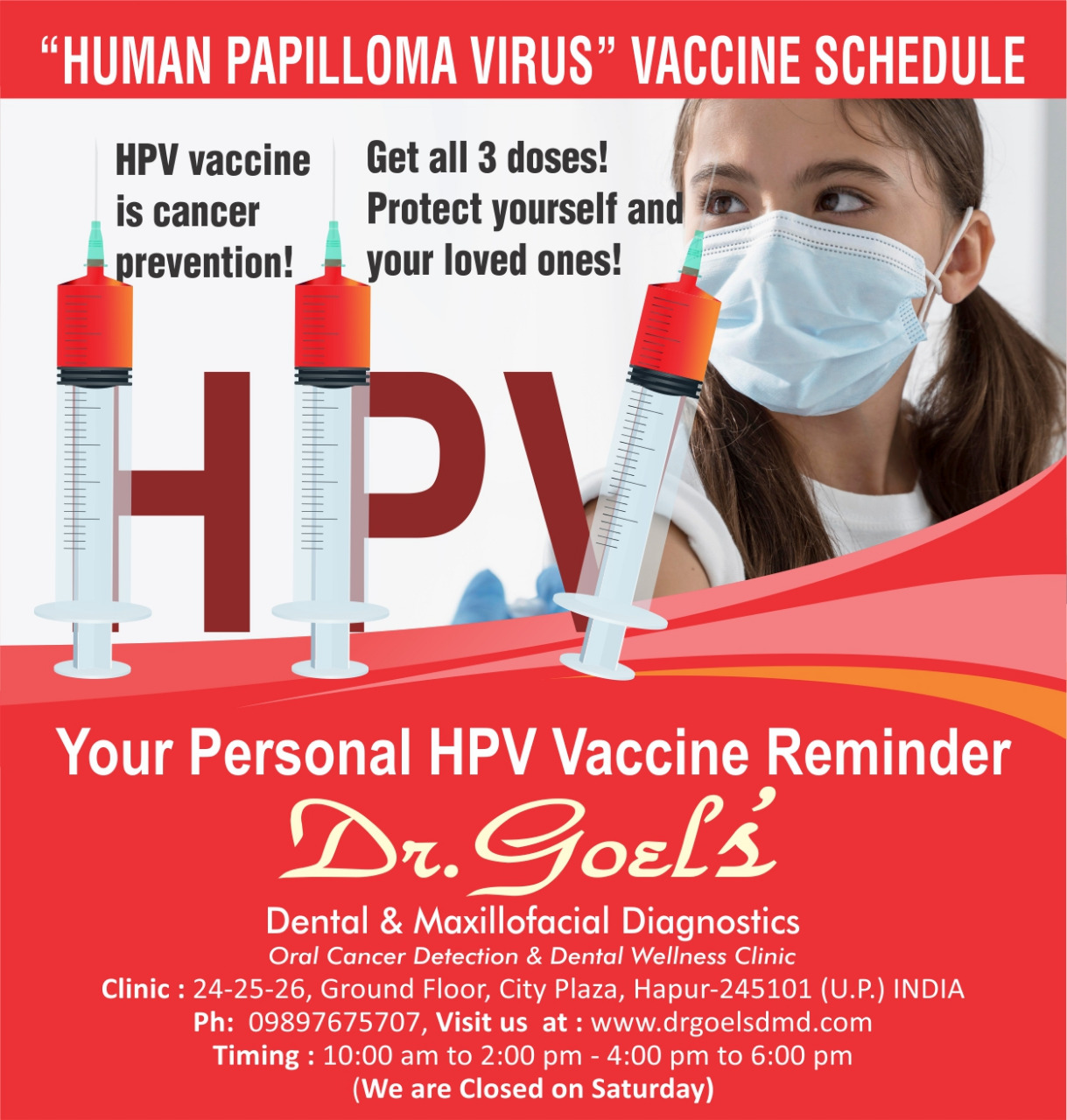Teeth Whitening
Teeth cleaning and scaling is a basic routine dental procedure in which the dentist removes deposits / tar / plaque / calculus accumulated on your teeth due to improper brushing or crowded teeth. Cleaning teeth, also called scaling, is a painless procedure in which the dentist uses a scalar machine that works using vibration and water to remove stains or deposits on the teeth. Patients may experience sensitivity during the procedure but it is nominal and does not last long.
What is Teeth Whitening?
Tooth whitening can be a very effective way of lightening the natural colour of your teeth without removing any of the tooth surface. It cannot make a complete colour change, but it may lighten the existing shade.
A perfect smile is a necessity when trying to make a good impression on people. Stained or yellowed teeth can often put a damper on what would be a charming smile. With all the pollution and staining foods that people consume on a day to day basis, staining and yellowing of the teeth have become a common problem. Food like coffee, tea, red wine and even cola have a staining effect on the teeth. Smokers are especially prone to the yellowing of teeth, as are people who consume any tobacco products.

Types of Teeth Whitening
Extrinsic stains
Extrinsic stains are those that are visible at the top of teeth due to exposure to dark-colored drinks or tobacco products and also from wear and wear and. The superficial stains of extrinsic origin are not significant and can be removed by brushing and prophylactic cleaning.
Stains that are intrinsic
These are those that develop on the inside of teeth. Stains that are intrinsic result from the effects of aging, trauma exposure to minerals (like tetracycline) during the process of tooth formation, or the excessive intake of fluoride.
How does Teeth Whitening Work?
Teeth whitening must be done in a dentist’s office. The bleaching procedure takes 30 to 60 minutes.
Depending on your needs, the exact steps may vary. Here’s what a typical treatment involves:
- Your dentist will place a rubber or plastic prop in your mouth to help keep it open.
- Next, they’ll have you wear protective glasses to protect your eyes.
- They’ll also add a gum barrier to protect your gums. The barrier may be a light-cured resin material.
- Your dentist applies a bleaching gel on your front teeth.
- After a few minutes, your dentist directs a laser onto your teeth.
- The laser heats the bleaching gel, which activates its whitening properties.
- Your dentist will remove the gum barrier and rinse out the bleaching gel.
According to anecdotal evidence, teeth whitening is painless. However, your teeth might be more sensitive than usual for about 24 hours after the procedure.
Teeth bleaching may damage tooth enamel or pulp. Tooth pulp is the innermost layer of tooth that contains blood vessels and nerves.
To protect your teeth, it’s important to avoid whitening your teeth too often. An experienced dentist can explain the best frequency for you. They can also perform the procedure in a way that protects your teeth and gums.

Pros and Cons of Teeth Whitening?
Pros
- yields faster results than at-home treatments
- effects can last up to 3 years
- performed by a trained professional
Cons
- costs more than at-home treatments
- may require multiple trips to the dentist
- may increase gum irritation and tooth sensitivity
Online Consultation
Get the dental care you need from the comfort of your own home with our convenient and secure online consultation services.
Technology and Equipment
We strive to bring to you the best and world class technologies for excellent results.
Certified
Our highly skilled and trained team will treat you with compassion, kindness, and competence to ensure you have an outstanding experience.
Book An Appointment Now

Get your “Oral Cancer Prevention HPV Vaccine” booked today
